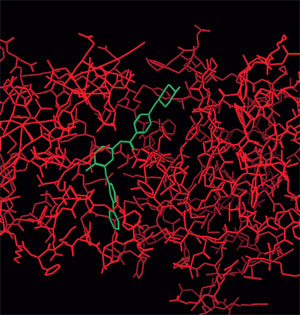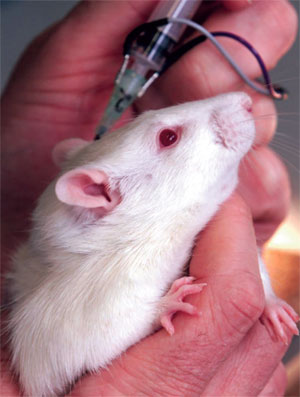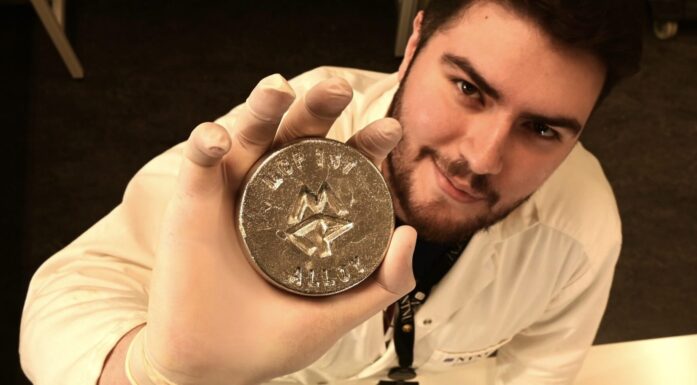Ten thousand years of testing in one year
Which chemicals are best suited to be used as drugs? The use of a computer simulation to find out saves time, money – and animal lives.
Developing new medicines is usually a long and costly process. Now, methods are being developed that allow some of the testing required in drug development that normally take years to complete to be done in just a fraction of the time. With the help of mathematical calculations and computer simulations, researchers can quickly find out if a substance has the qualities and characteristics of an effective drug before it is tested in the real world.
ACCURATE
Chemical researcher Kristin Tøndel believes that the new method she is developing has promise. “Right now we are looking into new treatments for cancer. We started with more than 250,000 chemical compounds. From this foundation we identified about 1,200 compounds that we wanted to test further. After one year we are left with eight compounds that we hope can form the basis for a new medicine. It is clear that without computer simulation, it would have been impossible for us to start with such a wide range of compounds. If we were to test these substances experimentally in a laboratory, we might have managed perhaps 20-40 substances in a year. In other words, it would have taken us 10,000 years to test these 250,000 chemical compounds using traditional methods.
“The use of traditional tests would have meant excluding compounds that from the beginning did not look promising, but that still might have turned out to have great potential. Using our method we can test a far greater number of chemicals. Use of our method also eventually means that a much smaller number of chemicals need to be actually tested, and the likelihood that the chemicals being tested will be effective also increases dramatically.”
TRICKS BAD PROTEINS
The computer programme, which has been developed from a widely available software programme, simulates the effects that chemical compounds have on the body.
“My research is focussed on the development of new cures for cancer, specifically, finding chemical compounds that attach themselves to proteins involved in the growth and spread of cancer cells.We are trying to find chemical compounds that ‘trick’ the protein into believing that it is attached to the body’s own material. If we find such a compound, we can prevent the protein from aiding in the growth of the cancerous cells, and we are well on our way to developing a new medicine”, Tøndel explains. Hercomputer programme can simulate how different compounds interact with proteins, in order to identify promising candidates for new drugs.

BLOCKS CANCER: With the help of computer simulation, researchers can see which compounds (green) attach to, and block, the functions of a protein (red) that helps the cancer cells multiply. The simulation gives a visual representation of which compounds could be used as drugs.
FROM CHEMISTRY TO MEDICINE
The method was initially used in chemistry for calculating smaller molecular structures. Researchers discovered that it could also be used in calculations for larger molecules, like protein structures. A protein is made up of chains of what are called amino acids. Today, the structures of many proteins have already been determined experimentally, and can be found in large databases available on the Internet.
“Other researchers use similar methods, but we have developed it further, so that we can even test protein structures that have not yet been determined experimentally. We simply model the protein using the structure of a related protein as a starting point. Our method is especially adapted to such protein models. Hence, we can also simulate the effects that different chemicals have on the protein, and if they are appropriate for laboratory testing”, Tøndel explains. The method can also be used in other medical research fields, such as HIV/AIDS research.
ETHICAL BENEFITS
The main disadvantage of the new method is that not all chemicals are physically tested, so there is no definitive answer as to whether or not they would actually work.
“We run the risk of discarding compounds through simulation that in practice could have proven to be effective, but I think the benefits of our method far outweigh the disadvantages. We can develop new medicines faster, less expensively, and more effectively. Another important benefit is that the method reduces the need for animal testing, and ultimately human testing, because only compounds we really have faith in will be the subject of practical tests. This is important, particularly from an ethical standpoint”, Tøndel says.
By Christian Fossen




